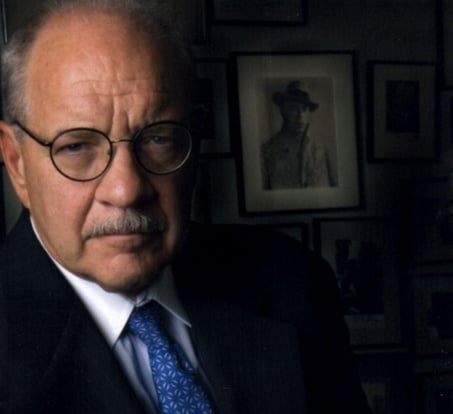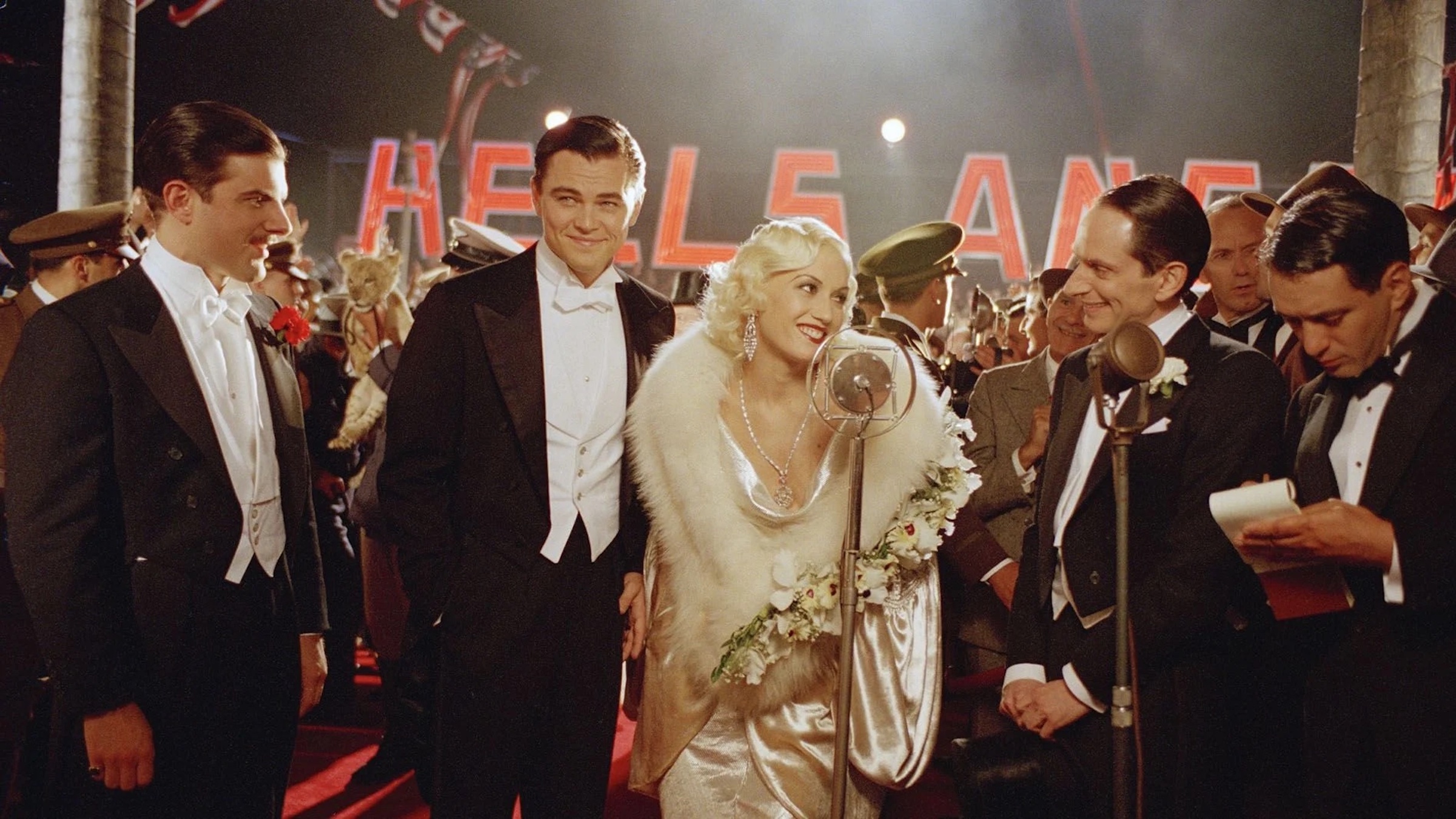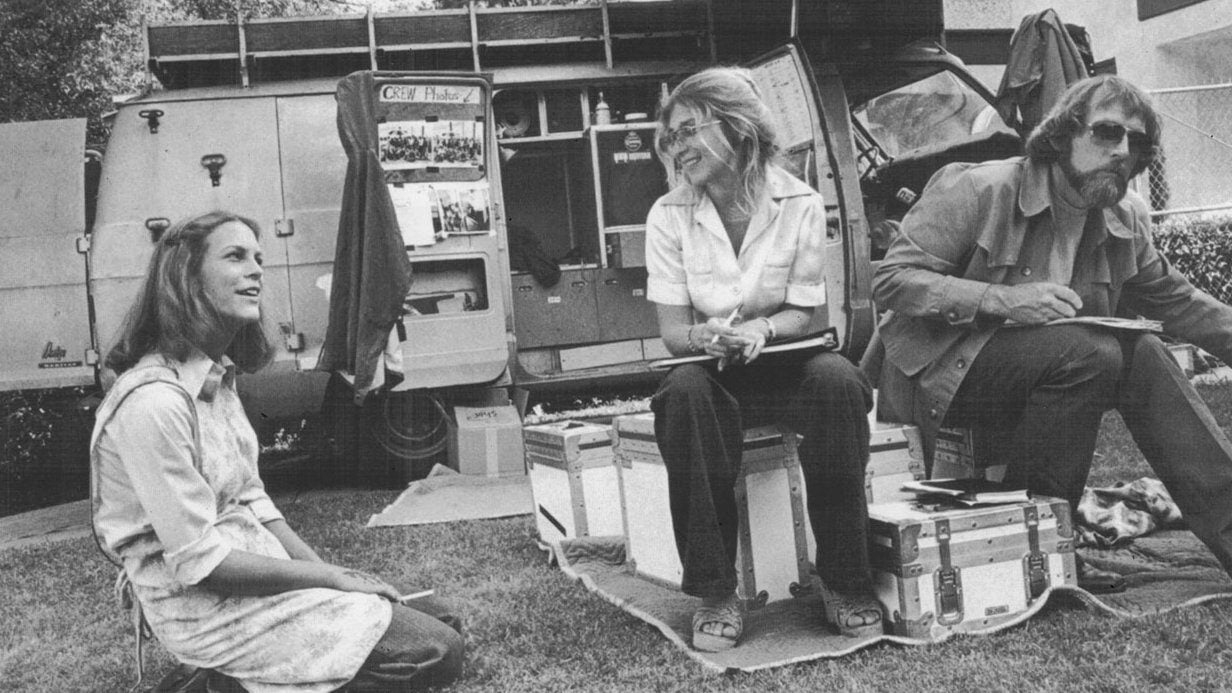Big Story, Small Budget
December 16, 2022
Many aspiring screenwriters don’t consider budgets when writing a spec script, even though it’s a major factor to why certain scripts get bought and produced.
In my article “How To Decide What To Write”, I said writers should be mindful of production costs and how many locations are in their script. At the same, you also want your script to be as high concept as possible. In the same article, I used the phrase “big story, small budget.” This is a smart way for screenwriters to be thinking when they’re deciding what to write.
It’s been said numerous times before and it’s true: the film business is a business. No doubt creatively and artistic expression plays an important role in it, but oftentimes movie producers and financiers are looking for scripts that can be shot on a small budget.
This is one of the reasons why the marketplace for genre films (horror, thriller, action) has always been healthy. There’s a built-in and global audience for these kinds of films, so if the film can be made inexpensively, there’s a good chance it’ll be profitable. Regardless of the genre, if a strong concept can be applied to a small production, a screenwriter will be giving themselves a far greater opportunity to succeed.
But is big story, small budget a contradiction? Can you truly have a big story on a small budget?
It’s not a contradiction and there have been many successful films over the years that had a big story and small budget. In a lot of cases, they turn out to be an independent filmmaker’s breakthrough movie. Quentin Tarantino’s first film, Reservoir Dogs, was shot for roughly a million dollars and primarily had one location (an abandoned warehouse in Highland Park, Los Angeles).
The story focused on a small group of bank robbers hiding out after a heist gone bad and one of the robbers is the person who ratted them out to the police. A film that focuses solely on the aftermath of a heist was a fresh spin on a time-tested subgenre (“the heist film”) and the fact that there was distrust amongst the thieves created a lot of tension and suspense throughout.
In addition, Tarantino’s characters were bold and brash and his dialogue jumped off the page. Overall, the script was a big statement even though it required very little money to make. And based on the quality of the writing and Tarantino’s impeccable character work, he was able to get veteran actor Harvey Keitel attached to star, which in turn secured the financing for the film.
Reservoir Dogs’ budget ended up being a little over a million dollars and it only made a small profit at the box office (2.9 million according to Wikipedia). However, it quickly became a cult-loved film and established Tarantino as the hottest writer-director in Hollywood. Everyone wanted to work with him afterwards, and this resulted in his next film, Pulp Fiction, which was considerably more profitable and turned Tarantino into a globally known filmmaker.
Of course many horror films are low-budgeted and are often very profitable (due to the aforementioned built-in audience). In fact, one of the most successful independent films of all time is the original Halloween. Written by John Carpenter and Debra Hill, the classic slasher film was made for only $300,000 and made 70 million at the box office. Not only was Halloween highly profitable, it launched a film franchise that persists to this day.
The original Halloween might’ve been a micro-budgeted indie film, but it had big ideas behind it. When Carpenter was first pitched the project by the producers, they asked for a horror movie about a babysitter murderer and what did he give them?
He gave them Michael Myers. So the film wasn’t going to focus on a generic killer, but “the most evil kid who ever lived” returning home to wreak havoc on Halloween. Without writing anything that increased the budget, Carpenter made the story bigger via building up the mythology behind Myers. And as Carpenter built-up Myers and Dr Loomis’s characters, Hill fleshed-out Laurie Strode and her friends, making them more nuanced and relatable than your typical stock characters in horror films. The end result was a small movie that didn’t feel small and still captivates horror fans to this day.
Over the decades, other classic horror films from The Blair Witch Project to Paranormal Activity were made on micro-budgets but had high concepts that resonated with millions of moviegoers. Both films proved that you didn’t need numerous locations or massive special effects to tell a really scary story.
Another highly profitable horror film, Get Out, was made for 4.5 million and it ended up making over 255 million at the box office. Like John Carpenter and Debra Hill before him, Jordan Peele didn’t shy away from big ideas but likewise knew he didn’t need many locations or special effects to pull them off. Get Out played on psychology and tension that kept people on the edge of their seats; while at the same time offering black comedy and social commentary that made for much conversation afterwards. Peele knew how to get people involved and talking and, once again, without a big budget.
Ultimately, it’s the characters and situation that’s playing out on screen that’s going to have the most impact on people. If people are emotionally involved with the story and they want to see what happens next, you’ve got potential for success. And in many cases, the more tightly focused a story is, the more people get immersed in it. In a sense, the reader or viewer becomes one of the characters and feel like they’re experiencing what the characters are experiencing. This is the case with many of the above-cited films.
When thinking of what to write, a screenwriter should ask themselves the following questions: What are the benefits of numerous characters and locations? Are most of the shots and set pieces practical from a budgetary perspective? Is your story one that’s going to resonate with people as they read your script? What’s the biggest story that can be told on a small budget?
There are many different stories to be told, but when you think big story, small budget you’re increasing your chances of selling a script and getting it produced tenfold.
Written by: Edwin Cannistraci
Edwin Cannistraci is a professional screenwriter. His comedy specs PIERRE PIERRE and O’GUNN both sold with more than one A-list actor and director attached. In addition, he’s successfully pitched feature scripts, TV pilots and has landed various assignment jobs for Universal, Warner Bros, Paramount and Disney.



